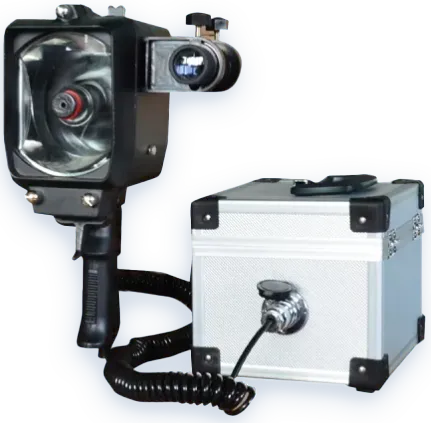Designed for harsh marine environments, Marine Fluorescent Lights offer reliable, efficient illumination for vessels, offshore platforms, and port facilities. This concise guide highlights key technical advantages, global applications, market trends, and procurement tips for international buyers.
• High Protection Ratings: IP66/IP68 waterproofing and IK08 impact resistance (e.g., suitable for 1.5m submersion for 30 minutes).
• Corrosion-Proof Materials: 316 stainless steel, marine-grade polymers, and anti-corrosive coatings to withstand salt fog, humidity, and UV exposure (tested to ISO 9227:2021 standards).
• Vibration & Shock Resistance: Engineered for maritime motion, meeting IEC 60068-2-64 ship vibration requirements.
• Global Efficacy Standards: Comply with IECEE energy efficiency ratings (e.g. ≥80 lm/W) and EU Ecodesign Directive (Lot 20), and reduce energy consumption by 25% compared to traditional marine lighting.
• Extended Lifespan: 10,000–15,000 hours operational life with stable lumen output, minimizing maintenance costs in hard-to-reach marine installations.
• Low Mercury Content: Conforms to IMO MEPC.303(73) anti-pollution guidelines and RoHS 3.0 for safe disposal.
• Sustainable Design: Recyclable components and energy-efficient ballasts to support global decarbonization goals (e.g., SEEMP Phase III compliance).
• Internal Lighting: Cabins, control rooms, and cargo holds benefit from flicker-free illumination with high CRI (>80) for accurate color perception.
• External & Emergency Use: Weatherproof fixtures for decks, navigation areas, and lifeboat stations (certified to SOLAS Chapter II-1 requirements).
• Heavy-Duty Operations: Container yards, cranes, and rig platforms rely on robust lights for 24/7 visibility, meeting IEC 60079-0 explosion-proof standards for hazardous zones.
• Cold Climate Adaptation: -40°C to +55°C operational range, ideal for Arctic ports and tropical regions alike.
• Subsea Exploration: Waterproof models (up to 100m depth) for ROV inspections and marine research.
• Fish Farms: Full-spectrum lighting to enhance algal growth and aquaculture productivity, compliant with FAO aquatic environment guidelines.
LED-Fluorescent Synergy: While LED dominates general lighting, fluorescent solutions retain advantages in low-temperature startup (e.g., -30°C instant ignition) and cost-effective high-output scenarios (e.g., large cargo holds).
IoT-Enabled Systems: Dimmable, network-connected lights with remote monitoring (via NMEA 2000/Modbus protocols) for real-time energy management and fault detection.
Global standards shift: Directives such as the U.S. EPA Energy Star Marine Directive and the European Union Marine Equipment Directive (2014/90/EU) require the use of more energy efficient and safer materials.
• Multiregional Compliance: Look for dual-certified products (e.g., ABS/DNV GL/LR classification society approvals + UL/CB Scheme for North America/global markets).
• Environmental Labels: Ecolabel (EU), Energy Star, or Green Ship of the Future recognition for sustainability reporting.
• Balance Initial & Lifecycle Costs: While fluorescent lights have lower upfront costs than LEDs, compare maintenance frequency (e.g., 3x longer replacement intervals for premium models).
• Modular Design Preference: Choose fixtures with replaceable components (ballasts, sockets) to reduce downtime and spare parts inventory.
Marine fluorescent lights remain a strategic choice for reliability, cost-efficiency, and adaptability in diverse maritime environments. As global regulations tighten and technology evolves, prioritize vendors with international certifications, proven corrosion resistance, and energy-saving designs. Whether for commercial ships, offshore rigs, or aquaculture projects, informed procurement ensures compliance, safety, and long-term operational efficiency.

GET A QUOTE